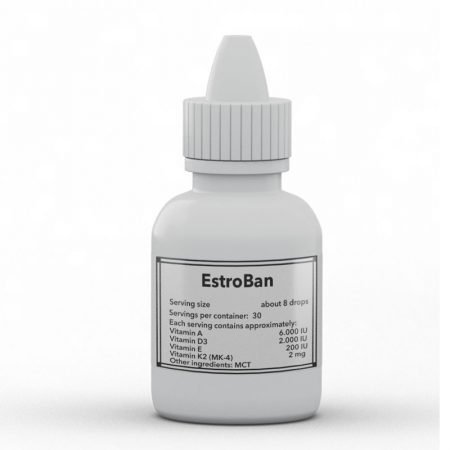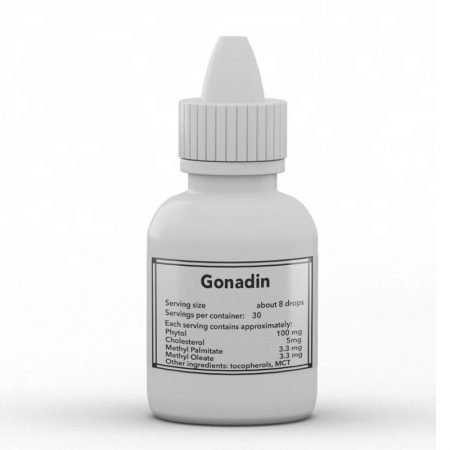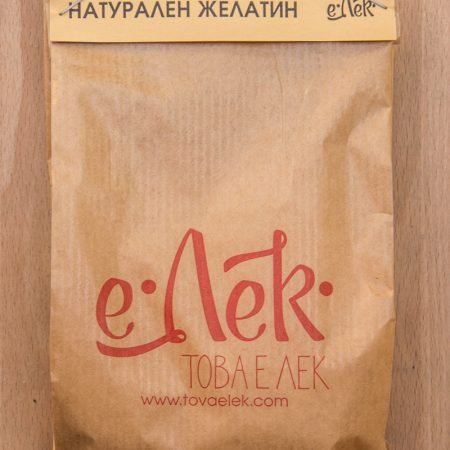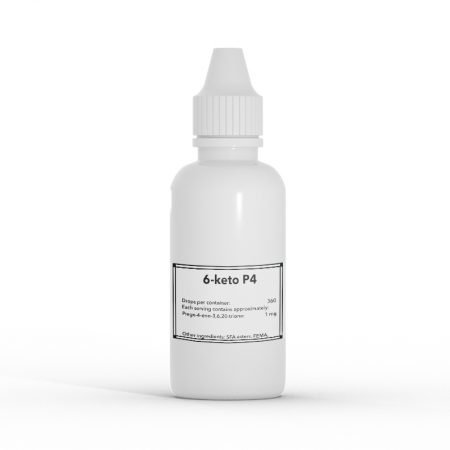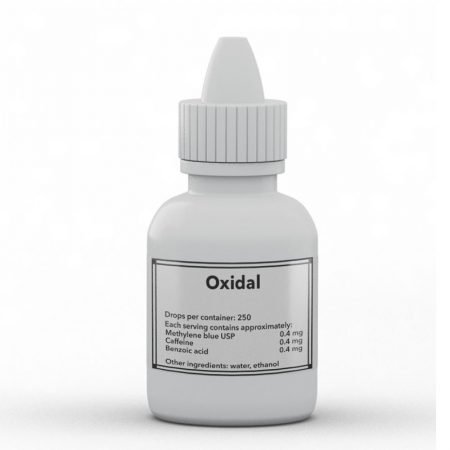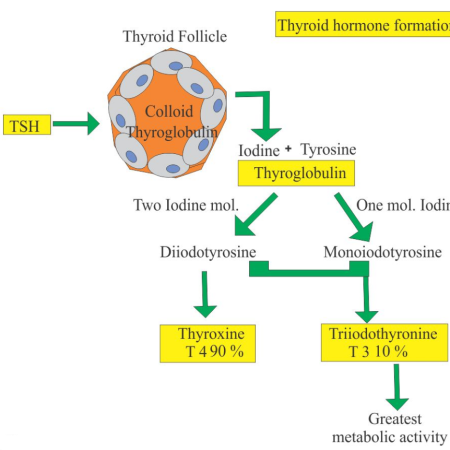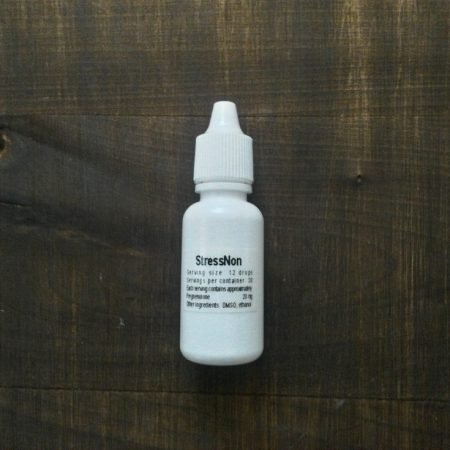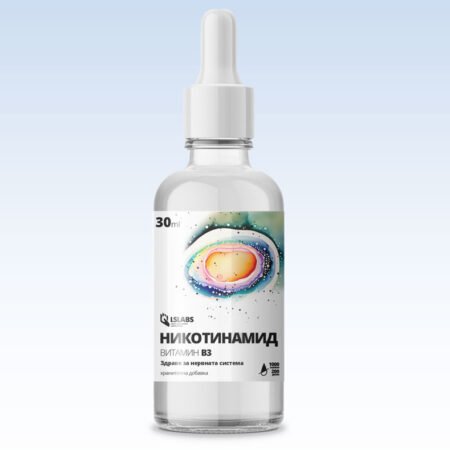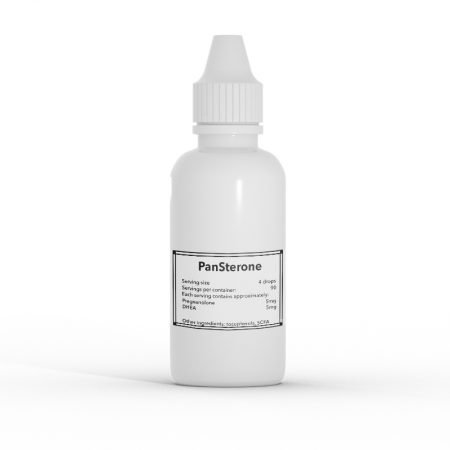Още едно голямо проучване и едно от малкото, които се осмеляват да насочат пръста си към свещения Граал на лекарствата – „есенциалните мастни киселини“. Както правилно казва изследването, високите нива на PUFA(Поли ненаситени мастни киселини) в кръвта и особено по-високите нива на линолова киселина предсказват последващо развитие на остра лимфобластна левкемия (ВСИЧКИ) при деца. Въпреки че изследването е наблюдателно, авторите заявяват доста категорично, че смятат, че връзката е причинна и споменават доказателства, че повишените нива на PUFA могат да предсказват други видове рак както при деца така и при възрастни. Също толкова важно, те откриват, че нивата на PUFA са по-високи в кръвта на деца, хранени с адаптирано мляко, отколкото на кърмените. Ако децата са били кърмени, тези със затлъстели майки са имали по-високи нива на PUFA в кръвта, което предполага, че затлъстяването при майката също се задвижва от PUFA (или поне силно свързано с него). Така че, само в едно проучване имаме доказателства, че така наречените „есенциални“ мастни киселини могат да причинят както затлъстяване при майката, така и смъртоносна детска левкемия, а вероятно и други видове рак, както и при възрастни.
https://www.ncbi.nlm.nih.gov/pubmed/30904619
“…Because ALL risks had previously been shown to be affected by age at diagnosis[10–13], we stratified cases by early (1-5 years) and late diagnosis (6-14 years) and, indeed, discovered mutually exclusive sets of predictive metabolomic features (Table 1). These 28 metabolites were mainly putative lipids (Table 1), some of which have been found to be perturbed in diagnostic blood for a number of malignancies [31,32] including childhood and adult acute leukemias [33,34]. Our study is unique in that the findings are based on pre-diagnostic blood collected at birth.”
https://factor.niehs.nih.gov/2019/8/papers/dert/
“…NIEHS grantees revealed associations between the presence of certain metabolites shortly after birth and childhood diagnosis of acute lymphoblastic leukemia (ALL). Notably, late-onset ALL patients exhibited more abundant metabolites linked to formula feeding rather than breast milk, indicating a possible role of nutrition in late-onset ALL risk. Using archived neonatal blood spots, the researchers compared 332 children who later developed ALL with 324 healthy children. The newborn blood spots were typically obtained between 24 and 48 hours post-delivery, generally after infants had received multiple feedings. Children diagnosed with ALL were separated by age at diagnosis into two groups: early, 1-5 years; and late, 6-14 years. The researchers identified metabolic features exclusive to each of the two groups of cases compared with controls. Nine metabolites predicted early ALL diagnosis and 19 different metabolites predicted late diagnosis. In the late-diagnosis group, they found a cluster of metabolites that indicated linoleic acid, an essential nutrient, was more abundant in these children than in either the early-onset cases or controls. Linoleic acid metabolites were also greater in infants fed formula rather than breast milk, in the form of colostrum, in the first few days of life. Levels of the metabolites increased with the mother’s pre-pregnancy body mass index, suggesting that mother’s weight may also be involved in late-diagnosis ALL risk.”


